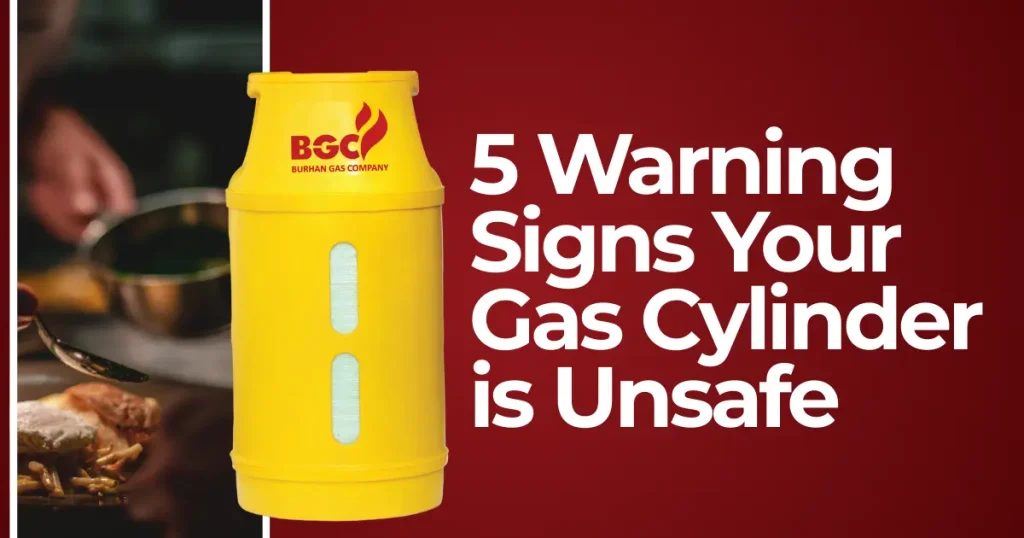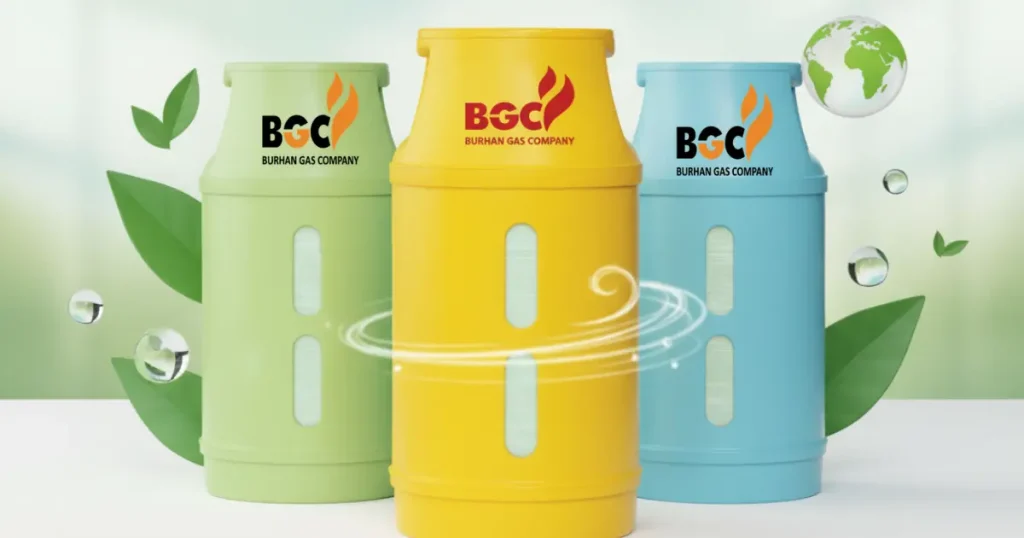Fiber composite LPG cylinders have quickly become popular because they’re lighter, rust-free, and safer than traditional metal ones. However, as demand increases, the market is also witnessing a rise in counterfeit or low-quality fiber LPG cylinders. These counterfeit cylinders not only fail safety standards but also pose serious risks — from gas leaks to explosions.
Understanding how to spot a genuine cylinder isn’t just smart; it’s essential for your safety and your family’s protection. Here’s a complete, easy-to-follow guide to help you identify real, certified fiber LPG cylinders and avoid dangerous imitations.
Why It’s Important to Identify Fake Cylinders
Fake cylinders are not built to handle gas pressure safely. They often skip mandatory quality checks and are made with substandard materials that can crack, leak, or burst under normal use. Using such a cylinder can cause gas leaks, fires, and even fatal explosions.
A genuine fiber LPG cylinder, on the other hand, undergoes international standard testing, such as ISO 11119-3 and BS EN 14427 certifications. These standards ensure the cylinder can safely store LPG under high pressure without any leakage or damage. When your safety is on the line, trusting uncertified products is simply not worth the risk.
How to Visually Inspect a Fiber LPG Cylinder
When buying or refilling a cylinder, take a few moments for a quick visual inspection. This simple step can prevent major accidents.
Start by checking for certification markings. Every authentic cylinder should clearly display important details like:
- ISO or BS EN certification (e.g., ISO 11119-3, BS EN 14427)
- National standard symbols such as SANS or BIS
- The manufacturing date, serial number, and testing due date
If these markings look faded, smudged, or missing entirely, it’s a sign the cylinder hasn’t been properly tested or approved.
Finally, pay attention to the weight and construction. Real fiber LPG cylinders have a solid build and a clean, polished surface. The tare weight (empty weight) marked on the cylinder should match the actual feel of the cylinder. If it feels too light, has rough finishing, or appears uneven, it’s likely made from inferior material — possibly even cheap plastic pretending to be composite fiber.
Documentation and Dealer Verification
No matter how good a cylinder looks, you should never buy one without proper documentation. Ask the seller for:
- Check on the OGRA website whether the manufacturer is enlisted with OGRA for cylinder manufacturing
- An official purchase invoice from a verified dealer
- Manufacturer warranty information
- Printed safety instructions in clear language
Always purchase from authorized LPG dealers. Trusted dealers maintain proper storage conditions and provide after-sales support. Street vendors or online sellers offering extremely low prices should be avoided — low price often means low quality and no accountability.
Red Flags and Warning Signs
There are several clear indicators of a counterfeit or low-quality cylinder. Watch out for:
- Cracks on the surface
- Misaligned or poorly printed certification marks
- Missing serial numbers or batch details
- Unusual lightness compared to standard cylinders
- Sellers offering extremely cheap prices without documentation
If any of these appear, it’s better to walk away than risk your safety. Fake LPG cylinders often look convincing at first glance, but a closer look always reveals inconsistencies.
What to Do If You Suspect a Fake Cylinder
If you believe your cylinder may be fake, stop using it immediately. Move it outdoors to a well-ventilated area, away from any heat or flame. Then contact your gas supplier or the manufacturer for verification using the cylinder’s serial number. Most brands will confirm whether your cylinder is registered in their system.
If it turns out to be counterfeit, report it to local safety authorities or consumer protection departments. Using a fake cylinder is not only dangerous — it’s also illegal. It can result in fines, insurance claim rejections, and even criminal charges in case of an accident.
Key Safety Standards You Should Know
When buying or verifying a cylinder, keep these recognized standards in mind:
- ISO 11119-3 – International standard for composite cylinders
- BS EN 14427 – European Standard for LPG Composite Cylinders
- National Standards – Each country has its own safety authority regulating LPG equipment
Legitimate cylinders must pass several safety tests, like burst pressure testing, impact resistance, leak detection, and visual inspection, before reaching the market. They’re also requalified every 5 to 10 years to ensure continued safety and reliability.
Conculsion
Your safety, and that of your family, depends on choosing genuine, certified fiber LPG cylinders. A counterfeit cylinder might save you a small amount upfront, but the risk it carries far outweighs the cost. Always verify the certifications, check the seals, confirm the weight, and buy only from trusted dealers.
When in doubt, don’t take a chance — a real composite cylinder guarantees safety, insurance coverage, and peace of mind. Remember, no discount is worth risking a life. Always verify before you buy and never compromise on LPG safety.





